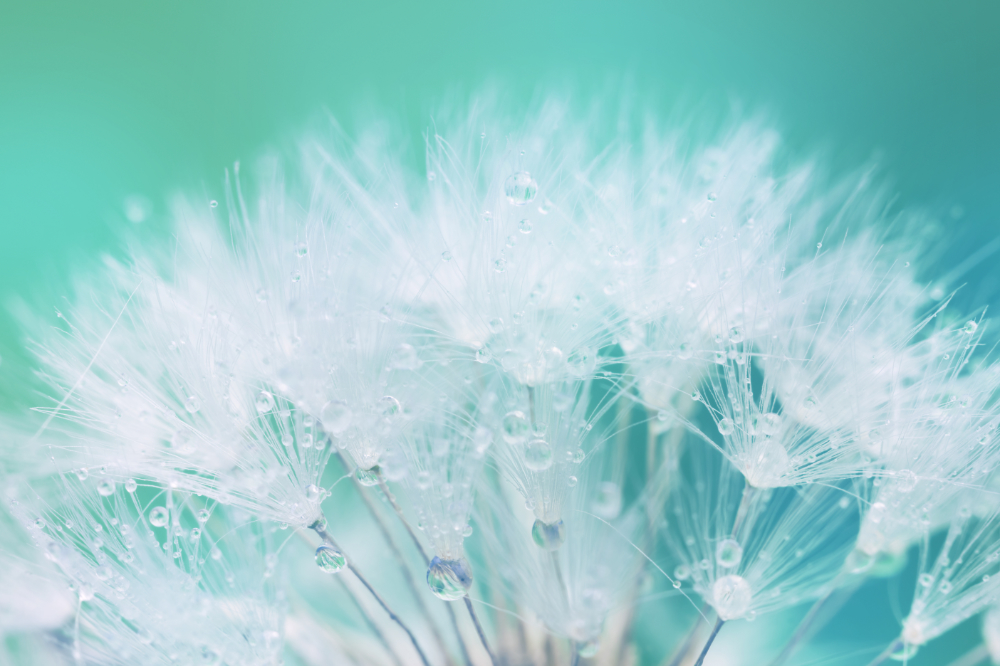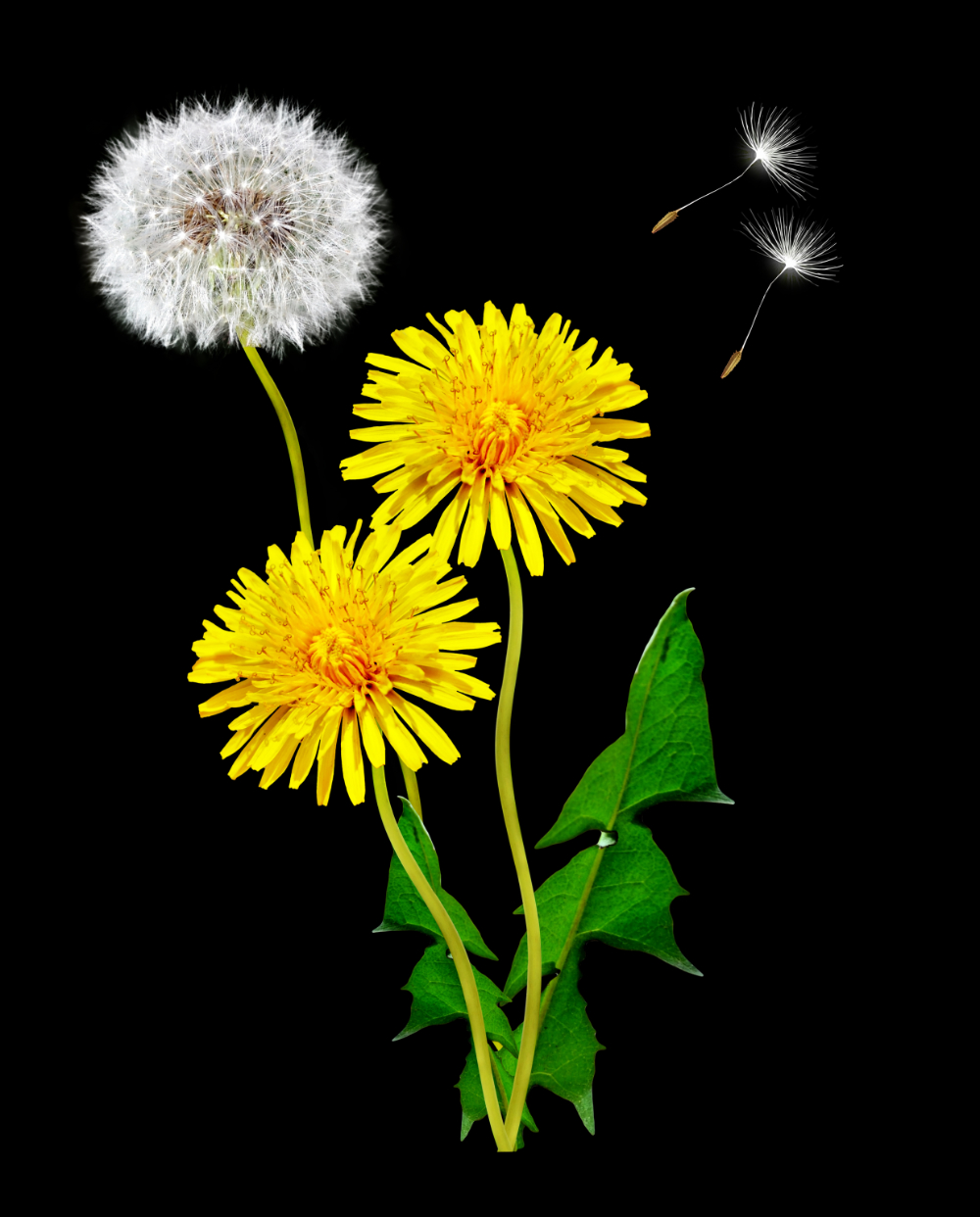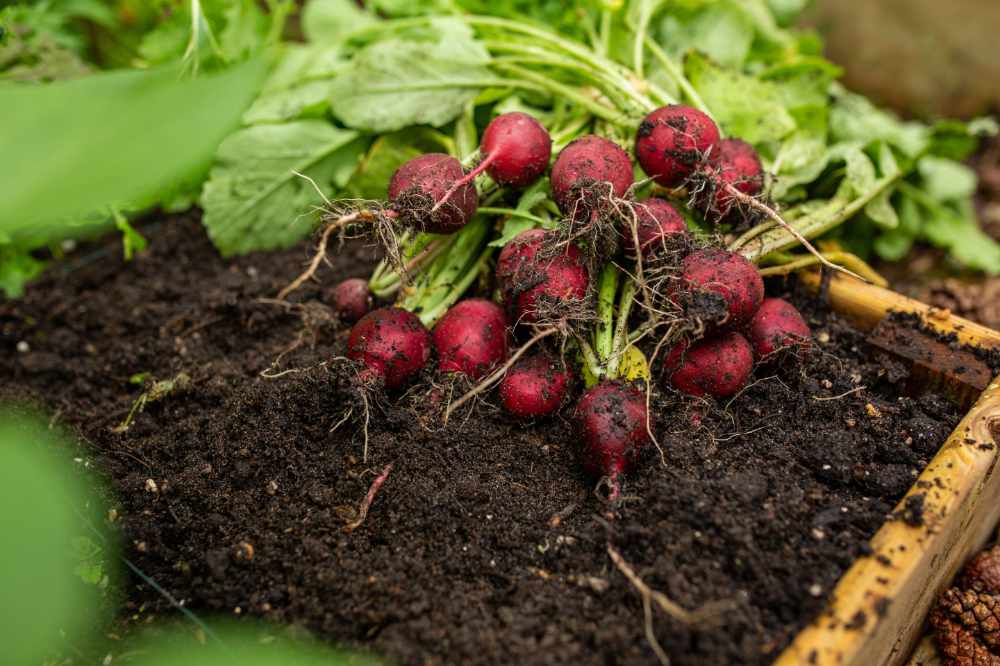Dandelions, those bright yellow flowers that often dot our lawns and gardens, are commonly dismissed as pesky weeds. However, beneath their humble appearance lies a treasure trove of culinary, medicinal, and even cosmetic possibilities. Embracing dandelions for their multifaceted uses not only reduces waste but also allows us to tap into the rich resources nature provides.
Culinary Delights: From Flower to Plate
Dandelion leaves are not only edible but also packed with vitamins and minerals. They can be harvested in early spring when they are tender and less bitter, then used in salads, sandwiches, or sautéed as a nutritious side dish. The bright yellow flowers can be transformed into dandelion wine, jelly, or even fritters. Dandelion roots, when roasted and ground, make a caffeine-free coffee substitute.
Medicinal Marvels: Natural Remedies
– Dandelions have a long history of medicinal use. Their leaves are diuretic and can help with water retention, while the roots have been traditionally used to support liver health. Dandelion tea is believed to aid digestion and detoxification. Recent studies also suggest potential anti-inflammatory and antioxidant properties.
In “Culpepper’s Complete Herbal”, under Government and Virtues, we read: “it is of an opening and cleansing quality, and therefore very effectual for the obstructions of the liver, gall bladder, and spleen, and the diseases that arise from them, such as jaundice and hypochondria (morbid depression of the mind). It openeth the passages of urine both in young and old; powerfully cleanest inward ulcers in the urinary passages, and by it’s drying temperature qualities doth afterward heal them… It is a helper also to produce rest and sleep to bodies distempered by the heat of ague (fever) fits or otherwise.”
In his book “Nature’s Healing Grasses” now out of print, Dr Kirschner mentions a book “Herbs for Daily Use” by Mary T Quench, that an old gypsy woman recommended applying the juice of the raw stem to warts to remove them.
Garden Boosters: Nutrient-Rich Compost
– Dandelions, despite their reputation as garden nuisances, can actually benefit your soil. Their deep taproots help break up compacted soil, improving its aeration and drainage. When dandelion plants are composted, they return valuable nutrients to the soil, enriching it for healthier plant growth.
Dandelions are Nourishment for Pollinators
Dandelions are an essential early-season food source for pollinators like bees and butterflies. Their bright blooms provide much-needed nectar and pollen when little else is available. By allowing dandelions to flourish in your yard, you’re supporting local wildlife and contributing to the ecosystem.
Natural Skin Care: DIY Beauty
Dandelion-infused oils or salves can be used to soothe skin irritations, such as dryness or minor scrapes. Some believe that dandelion extracts can promote skin health and reduce the appearance of scars and blemishes. The plant’s natural antioxidants may also offer benefits when used in cosmetic products.
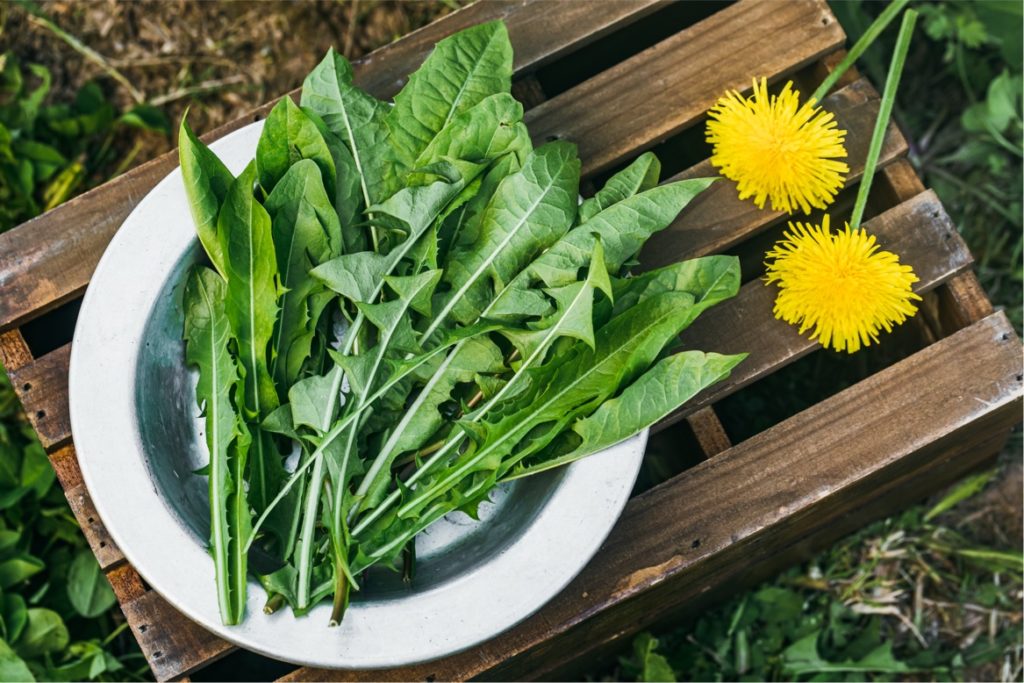
Sustainable Foraging: A Lesson in Resourcefulness
– Embracing dandelions as a valuable resource is not only sustainable but also a lesson in resourcefulness. Instead of discarding these plants as weeds, we can tap into their potential to enrich our lives in numerous ways, from culinary delights to natural remedies and beyond.
In conclusion, dandelions, often seen as nuisances, are in fact versatile treasures with a wide range of practical uses. By reimagining these vibrant plants as valuable resources, we can harness their culinary, medicinal, and ecological potential while reducing waste and nurturing a deeper connection with the natural world. So, the next time you spot dandelions in your garden or yard, consider the many ways they can enrich your life and the environment around you.
Making Dandelion Wine
My aunt once made Dandelion wine and it was very smooth and delicious. You may like it too.
Making dandelion wine is a delightful and time-honored tradition. Here’s a step-by-step guide to crafting your own batch of homemade dandelion wine:
Ingredients:
- 4 cups dandelion petals (harvested from unsprayed, pesticide-free dandelions)
- 4 cups boiling water
- 1 lemon, thinly sliced
- 1 orange, thinly sliced
- 8 cups granulated sugar
- 1 package (0.25 oz) active dry yeast
- 1 gallon water
- 1-gallon glass jug (with airlock)
- Balloon or rubber glove (for airlock)
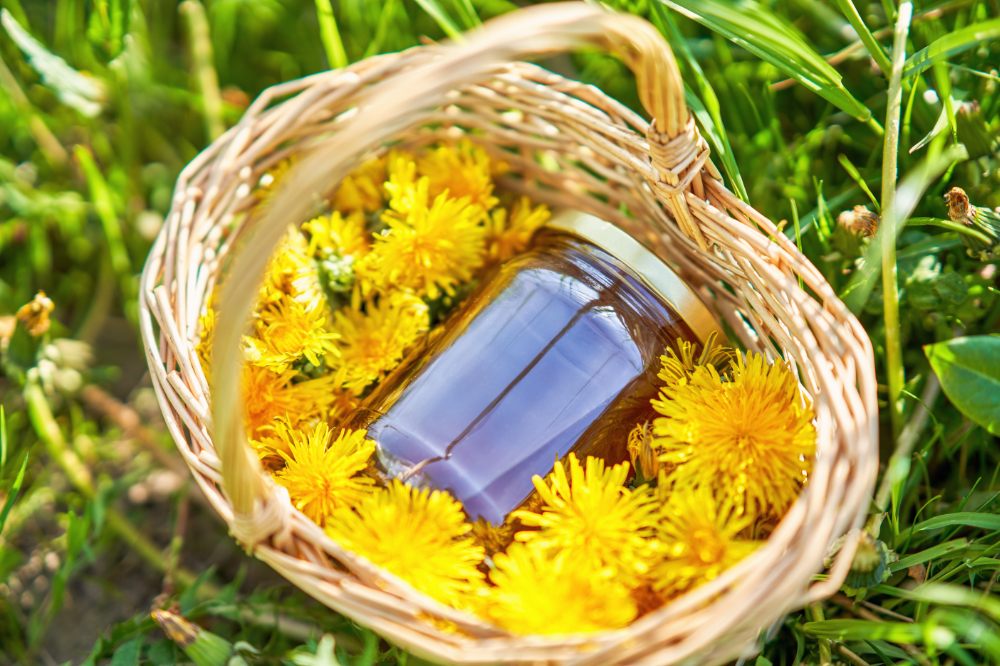
Instructions for Making Dandelion Wine:
Harvest Dandelions:
Pick fresh dandelion flowers on a sunny day, preferably in the morning when they are fully open. Avoid flowers that have been exposed to pesticides or other chemicals. Pluck the petals from the green base, discarding the green parts.
Prepare Dandelion Petals:
Place the dandelion petals or heads in a large mixing bowl. Pour 4 cups of boiling water over the petals. Cover and let them steep for 24 hours. This dandelion infusion will form the base of your wine.
To Create the Dandelion Wine We Must:
After steeping, strain the dandelion petals from the liquid, squeezing out any excess liquid from the petals. Discard the petals. Transfer the dandelion infusion to a large pot.
Add Citrus and Sugar to the Wine:
Add the thinly sliced lemon and orange to the pot with the dandelion infusion. Stir in 8 cups of granulated sugar until it’s completely dissolved.
Boil and Then Cool the Wine:
Bring the mixture to a boil, then reduce the heat and simmer for about 30 minutes. This step extracts flavors and sterilizes the mixture. After simmering, allow the mixture to cool to room temperature.
Pitch the Yeast:
In a small bowl, activate the yeast by dissolving it in 1 cup of warm (not hot) water. Let it sit for about 10 minutes until it becomes frothy.
Combine the Yeast and the Mixture:
Pour the yeast mixture into the cooled dandelion infusion. Stir well to combine.
Transfer to a Fermentation Jug:
Carefully pour the mixture into a clean, one-gallon glass jug. Leave some space at the top (about 2 inches) to allow for fermentation gases.
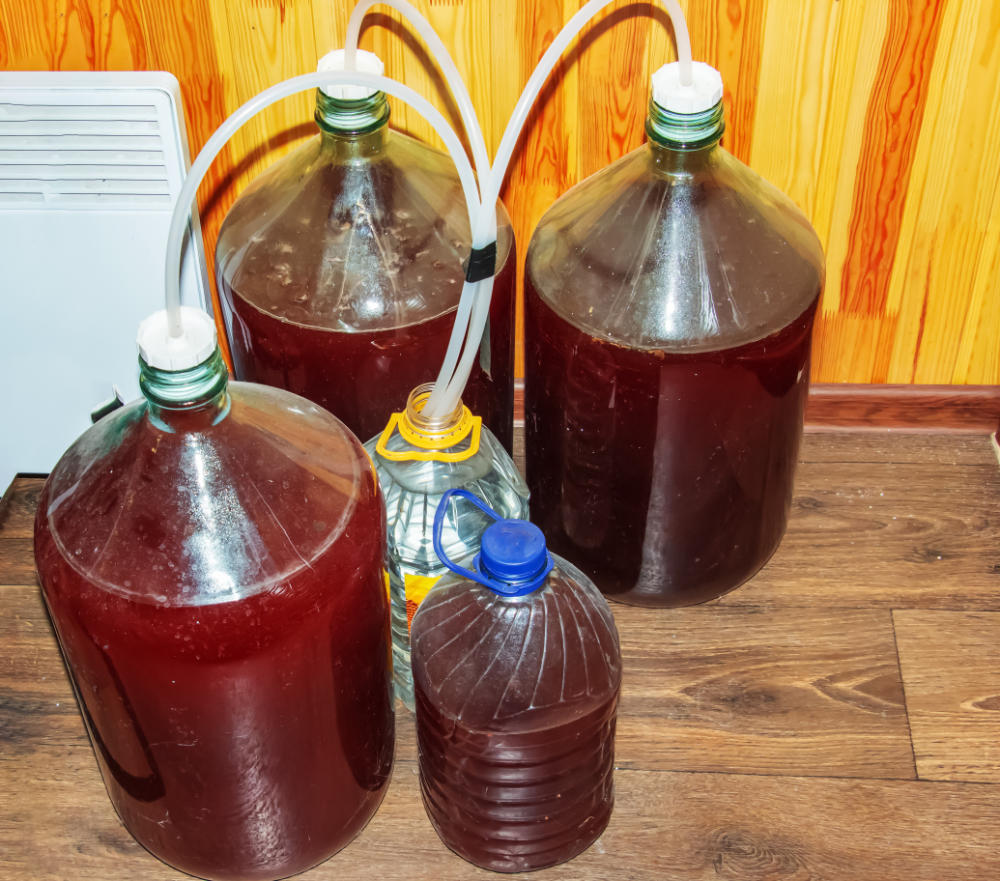
Attach an Airlock:
Place an airlock on top of the jug to allow gases to escape during fermentation.
An airlock is a crucial piece of equipment used in winemaking and brewing to create a one-way valve that allows gases, primarily carbon dioxide (CO2), to escape from the fermentation vessel while preventing outside air and contaminants from entering. It plays a vital role in maintaining a controlled and sterile environment during the fermentation process. Airlocks come in various designs, but they all serve the same fundamental purpose.
The most common type of airlock consists of a plastic or glass tube filled partially with water or sanitizer solution. It is fitted onto the opening of the fermentation vessel, such as a carboy or fermentation bucket, which contains the fermenting wine or beer. As the yeast consumes sugars and produces CO2 during fermentation, the gas bubbles through the airlock’s water or sanitizer, creating a barrier that prevents outside air, dust, and bacteria from entering the vessel.
Airlocks are essential for several reasons:
- Gas Release: During fermentation, the yeast generates CO2, which can build up pressure in the vessel. The airlock allows this gas to escape, preventing the vessel from exploding or leaking.
- Contamination Prevention: By creating a barrier between the fermenting liquid and the outside environment, airlocks help maintain a sterile and controlled fermentation environment, reducing the risk of spoilage or off-flavors.
- Visual Indicator: The bubbling action of the airlock provides a visible sign of active fermentation. Once fermentation slows or stops, the airlock activity diminishes, indicating that it’s time to transfer the wine or beer to the next stage of the process.
Alternatively, you can attach a balloon or rubber glove to the jug’s mouth with a rubber band. Poke a small hole in the balloon or glove to let gases escape.
In summary, an airlock is a critical tool in winemaking and brewing, ensuring a safe and successful fermentation by allowing gases to escape while keeping unwanted contaminants out of the fermentation vessel. It’s a simple yet effective device that contributes to the quality and consistency of homemade wines and beers.
Fermentation of the Wine:
Store the jug in a cool, dark place for about 2-3 months, allowing the wine to ferment. Check the airlock regularly to ensure it’s functioning correctly.
Bottling the Dandelion Wine:
After fermentation has ceased (no more bubbles in the airlock), it’s time to bottle your dandelion wine. Use clean, sterilized bottles with airtight seals.
Aging the Wine:
Dandelion wine benefits from aging. Store the bottles in a cool, dark place for at least 6-12 months to allow the flavors to mature.
Enjoy the Fruit of Your Labor:
Once aged, your dandelion wine is ready to enjoy! Serve it chilled and savor the unique taste of your homemade creation.
Remember that homemade wines can vary in flavor and strength, so experimenting with different batches can be part of the fun. Enjoy your dandelion wine responsibly!
